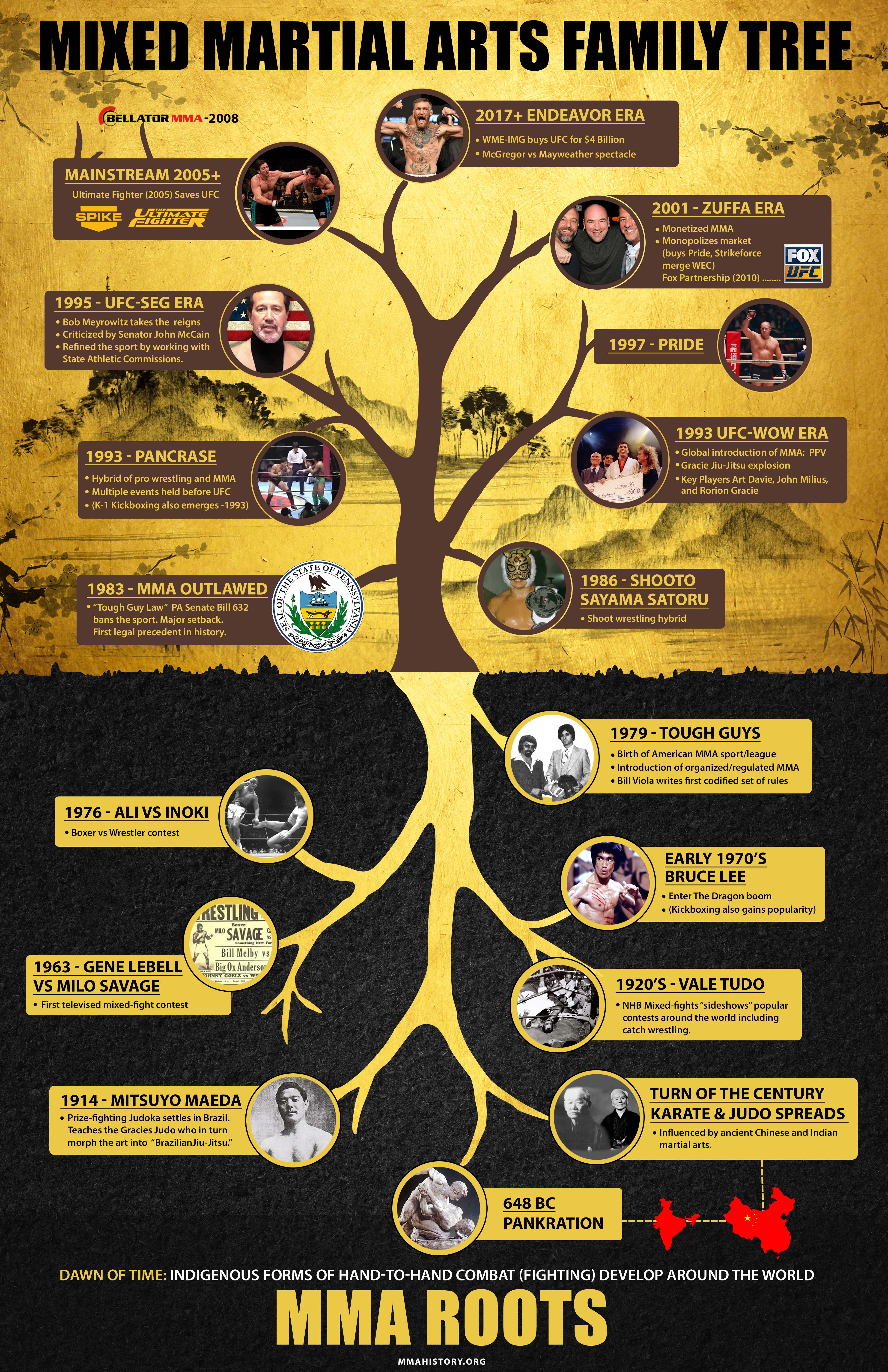Typical Martial Arts And Modern Combat Sports: A Comprehensive Overview Of Their Distinct Differences
Typical Martial Arts And Modern Combat Sports: A Comprehensive Overview Of Their Distinct Differences
Blog Article
Post By-Keith Burch
When you think of martial arts, do you lean more towards the conventional methods or the modern battle sporting activities? Each path provides special benefits and experiences, formed by their ideologies and training approaches. Standard martial arts stress personal development and technique, while modern fight sports concentrate on competitors and efficiency. Comprehending these differences can lead you in choosing the best strategy for your journey. Yet how do these distinctions materialize in training and viewpoint?
The Viewpoint and History Behind Conventional Martial arts
While lots of people connect martial arts with physical battle, the ideology and history behind standard martial arts run much deeper. You'll discover that these self-controls stress personal development, self-control, and regard.
Stemming from ancient techniques, typical martial arts were commonly developed for Self-Defense and spiritual growth. They embody principles such as balance, harmony, and self-constraint, guiding experts beyond mere battling skills.
As you train, you'll not only discover methods yet likewise obtain insights right into the culture and values that shaped these arts. The routines and customs, usually passed down with generations, promote a feeling of community and belonging.
The Competitive Nature of Modern Fight Sports
Modern battle sports have actually transformed the landscape of martial arts into a highly competitive field, where professional athletes challenge in an examination of skill, technique, and endurance.
You'll see that competitions are typically arranged with strict regulations and guidelines, guaranteeing justice and safety and security. These events attract large target markets, fueling the excitement and intensity of competitions.
Athletes educate carefully, not just for physical expertise yet also for psychological toughness, recognizing that every detail counts in the ring. The adrenaline rush during competitors is apparent, as competitors push their restrictions to claim success.
Followers appreciate the athleticism and virtuosity entailed, making modern fight sports a thrilling phenomenon that continues to progress and astound lovers all over the world.
Training Methods and Strategies: A Relative Analysis
The affordable environment of modern battle sports demands innovative training approaches that vary substantially from conventional martial arts.
In https://trevordqblx.buyoutblog.com/35449343/enhance-your-protection-skills-by-learning-important-methods-for-various-scenarios-so-you-can-be-prepared-for-any-kind-of-situation , you'll focus on certain techniques, competing, and conditioning, commonly using drills that mimic actual fight circumstances. You'll see an emphasis on measurable performance and regular competitors to evaluate your abilities.
On the other hand, traditional martial arts focus on types, katas, and thoughtful teachings, usually highlighting self-control and regard over competitors.
Training is usually less extreme and might include recurring practice as opposed to real-time sparring.
While both approaches develop ability and health and fitness, modern-day combat sports offer a much more dynamic and versatile training environment, preparing you for instant difficulties in the ring or cage.
Choose the course that straightens with your objectives and rate of interests.
Final thought
In selecting between standard martial arts and contemporary combat sports, it really boils down to what you value many. If you're seeking individual growth, technique, and a sense of neighborhood, standard arts could be your finest fit. But if you thrive on competition and real-time obstacles, modern-day combat sports could be the method to go. Inevitably, related web site provide special benefits, so it's everything about aligning your training with your personal goals and rate of interests.
